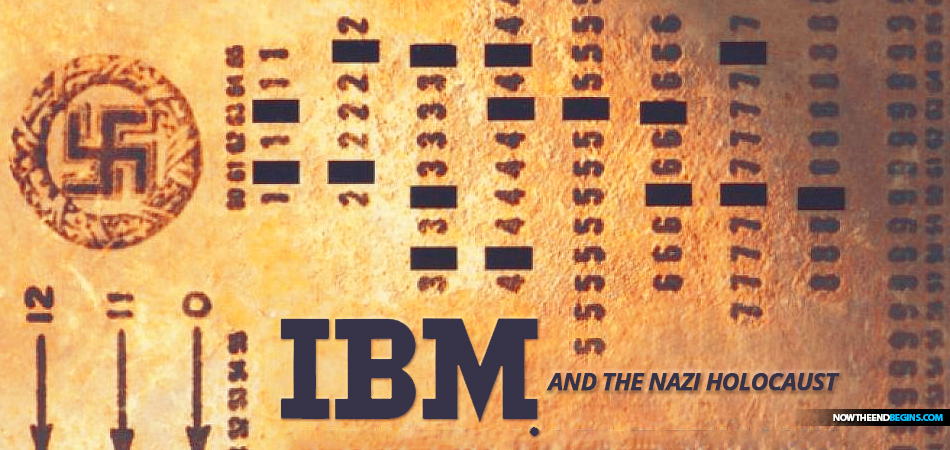
René Carmille was the world's first ethical hacker who saved millions of lives in Nazi France by hacking into the electronic tabulating machines created by IBM.
René Carmille is likely not a name you are familiar with, but like Oskar Schindler of 'Schindler's List' fame, Carmille saved the lives of countless Jews during the Nazi occupation of France by becoming the world's first hacker, hacking into the electronic tabulating machines created by IBM. I bet you didn't know that IBM helped Hitler and the Nazis organize and catalogue the millions of concentration camp prisoners in order to send them to their deaths with the greatest of efficiency.
"And the King shall answer and say unto them, Verily I say unto you, Inasmuch as ye have done it unto one of the least of these my brethren, ye have done it unto me." Matthew 25:40 (KJB)
I am not saying that the Nazis simply used IBM machines like they would use any other product available for purchase on the open market, not by a long shot. As you will see, IBM knew what Hitler was using their machines for, and went to great lengths to be a partner with the Nazis to provide the greatest and longest-lasting use of their electronic tabulating machines. IBM is a horrible and thoroughly despicable company, I guess that's why they helped Mary Gates to create Microsoft. And the legacy continues.
Rene Carmille has been called the first ethical hacker for sabotaging the IBM computerization of data about French Jews during World War II.
FROM JSTOR DAILY: The electronic tabulating machine developed by Herman Hollerith for the 1890 U.S. census was the direct predecessor of the machines used to track down Japanese Americans for internment during World War II. Hollerith’s punched-card system—which stored coded information on perforated paper cards—was one of the foundations of the company that became IBM, whose German subsidiary provided technology for the Nazis extermination campaign against Jews and other perceived enemies.
The French experience in WWII is also instructive. Some credit René Carmille as the first ethical hacker because he stalled Nazi demands to get France’s Jewish population registered by machine. As Lars Heide details, Carmille was a loyal public servant under both republican and Vichy France, a keen exponent of data in the service of the state.
He was one of the “key public employees to pioneer the introduction of national registers,” during an era of industrial rationalization and the growth of bureaucracies and military organizations, all fed by the need for accessible information. The work Carmille’s national demographic and statistical office did for Vichy was a national census, collecting “date and place of birth, parents, marriages, divorces, children, date of death, nationality, address—but nothing concerning religion.” (Though a largely Catholic country, France had a strong tradition of secularism.) Four pictures of the person were included with these records, which were stored on two punch cards apiece. Another project was done on the sly, compiling a list of men able to serve in the military, should France’s military rise again.
The national registry was a big project—nearly 2000 people were employed, “operating 233 punches, 22 sorters, 14 tabulators and 7 reproducers.” Heide stresses that “Germans do not appear to have shown much interest in the national register or to have considered its potential, which limited the danger it posed.” They were interested in two other data sets, however. One was a 1941 census of professions that asked if employees were of the “Jewish race.” The other was a special census of Jews carried out by the police. Carmille claimed his office had little time for processing these because of the magnitude of the national registry. Vichy police and the Gestapo would ultimately have to use the old-fashioned paper method of record-keeping.
While Carmille didn’t re-write code or introduce a bug in the system, his “hacking” was akin to sabotage, throwing a bureaucratic wrench into the IBM machine. Heide calls Carmille’s initial form of resistance passive, a serious “departure from the loyal public servant he had been.” But resistance is full of terrible compromises. In 1943, his office had to compile at least two lists, one of 50,000 men, to supply forced labor for Germany. Carmille himself was tortured and murdered by the Nazis for being a member of the Resistance, just a few months before Liberation. READ MORE
No comments:
Post a Comment